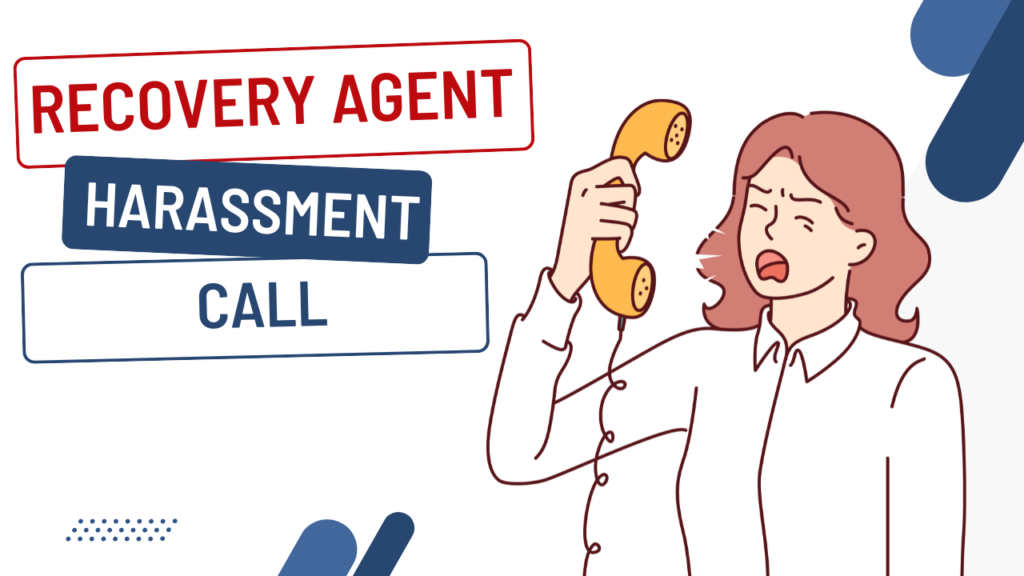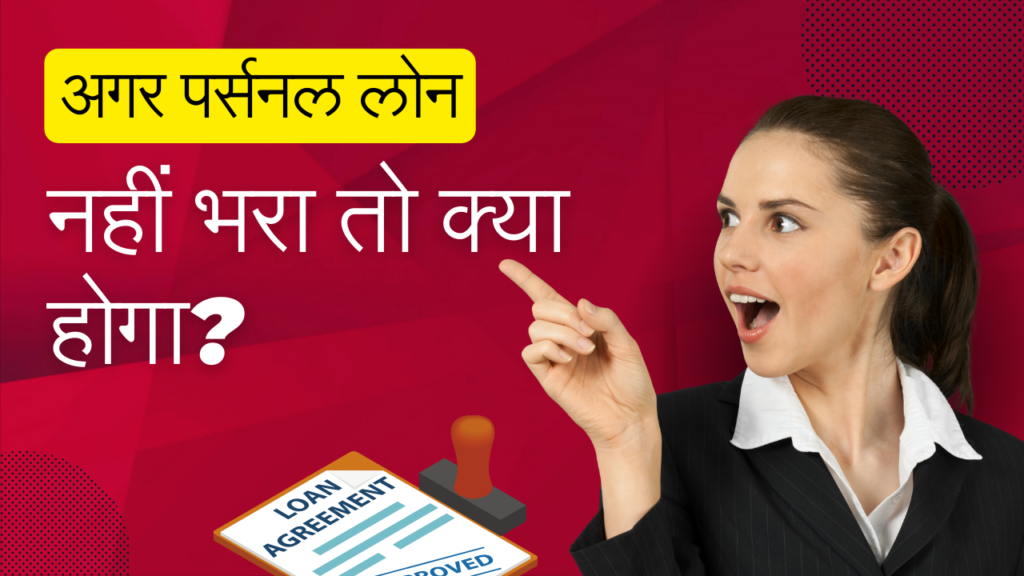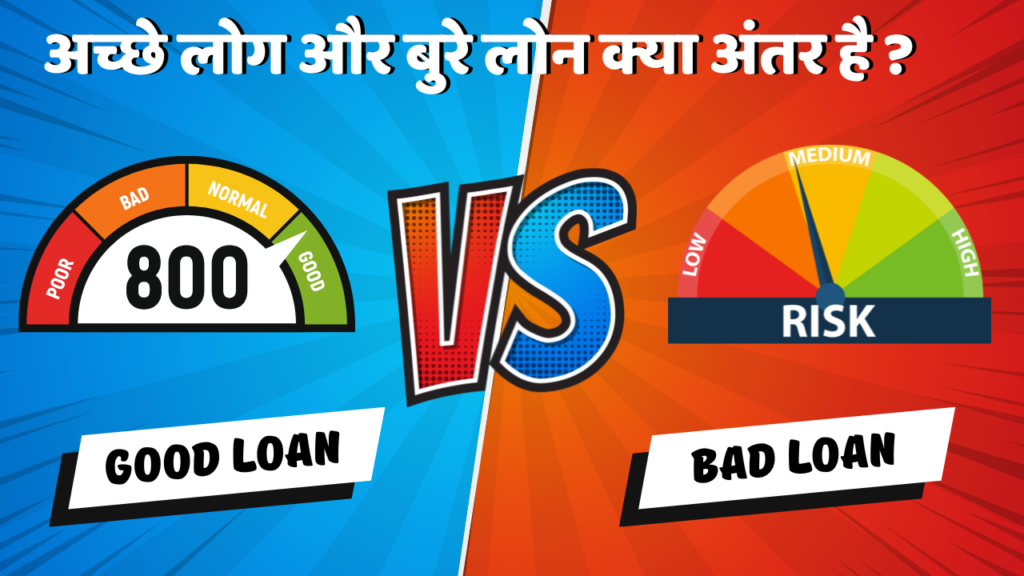Personal loans from Yes Bank are often used to meet various financial needs like travel, medical emergencies, or debt consolidation. However, when circumstances change—such as job loss or unforeseen financial difficulties—it may become hard to continue repaying the loan. In such cases, one potential option to avoid further debt is to settle the loan with the bank. Loan settlement allows borrowers to negotiate a reduced repayment amount to close the loan. This guide will explain how to settle my Yes Bank personal loan, step-by-step, and what factors you should consider before opting for this route.
What is a personal loan settlement?
Loan settlement refers to an agreement between a borrower and the bank where the borrower repays a portion of the outstanding loan balance. The bank agrees to accept this reduced amount as a full settlement, and the loan is closed. However, unlike normal repayment, this process leaves a “settled” mark on your credit report, which indicates to future lenders that the loan was not fully repaid.
In most cases, personal loan settlement becomes necessary when borrowers face serious financial hardships that prevent them from making the required EMI payments.
Why Would You Need to Settle a Yes Bank Personal Loan?
Here are several reasons why you might consider settle my Yes Bank personal loan:
- Loss of Income: If you’ve lost your job or are earning significantly less than before, paying EMIs can become impossible.
- Health Crises: Large medical bills can force you to redirect your funds away from paying your loan.
- Debt Overload: Managing several loans or credit card debts at once can leave you short of funds for your Yes Bank personal loan.
- Personal Financial Crisis: Any significant change in your financial situation—like divorce, business failure, or other emergencies—can prompt you to consider settling the loan.
Settling the loan allows you to pay a portion of the total amount owed and avoid accumulating further penalties or facing legal action.
Step-by-Step Guide to Settingtling Your Yes Bank Personal Loan
A. Assess Your Financial Situation
Before approaching Yes Bank for settlement, it’s important to evaluate your overall financial health. Determine:
- How much of the loan can you afford to pay?
- Are there any liquid assets you can sell to cover the repayment?
- Is settlement your only option, or can you restructure the loan instead?
By understanding your financial position, you’ll be better prepared to negotiate with the bank.
B. Contact Yes Bank for Settlement
Once you’ve decided to proceed with settlement, the first step is to contact Yes Bank’s loan recovery department. Explain your financial hardships and ask about the possibility of settling your loan. Be honest and clear about your inability to repay the full amount.
Typically, the bank will assess your case and consider whether a settlement is viable based on your repayment history and current financial situation.
C. Provide necessary documents
Yes, the Bank will require proof of your financial difficulties before agreeing to a settlement. You may need to submit:
- Proof of income loss: salary slips, bank statements, or termination letters.
- Medical documents: If health issues are the reason for your financial crisis.
- Proof of assets/liabilities: Details of your financial obligations and assets to show your inability to repay the full loan amount.
These documents help the bank assess your situation and offer a suitable settlement amount.
D. Negotiate the Settlement Amount
Once the bank has evaluated your documents, it will propose a settlement figure, which is typically lower than the outstanding loan amount. You can negotiate further to bring down this amount based on your ability to pay. Settlements are often done at 50–70% of the total amount due.
Negotiation is a crucial part of the settlement process. Be persistent and clear about your financial condition, but ensure the final settlement amount is something you can afford.
E. Finalizing the Settlement Agreement
Once you’ve reached a mutually agreeable settlement figure, the next step is to formalize the agreement in writing. Ensure that the settlement letter from Yes Bank includes:
- The agreed settlement amount.
- Payment schedule (whether lump sum or in installments).
- A clause stating that the amount paid will be considered a full and final settlement.
Keep this document safe, as it serves as legal proof that your loan has been settled.
Yes Bank Loan Settlement Policy
Yes, banks typically have a well-defined policy for handling loan settlements. The bank may agree to settle loans if the borrower can demonstrate genuine financial hardship and if the loan has been overdue for a significant period.
Key points to consider:
- Eligibility: Your loan must generally be in default for 90 days or more before the bank considers settlement.
- Lump Sum Payments: Yes, banks often prefer lump sum settlements over installment-based repayments.
- Documentation: The bank will require complete proof of your financial situation before considering your case.
The bank’s recovery department will discuss the specific terms of the settlement with you, but it is important to be proactive in approaching them.
Impact of Loan Settlement on Your Credit Score
One major downside to settling your Yes Bank personal loan is the impact on your credit score. A settled loan is marked as “settled” on your credit report, indicating that you didn’t pay the full amount. This can affect your ability to secure future loans, as it signals to lenders that you are a riskier borrower.
Some impacts include:
- A significant drop in your credit score.
- Difficulties getting new loans or credit cards.
- Potentially higher interest rates on future credit.
Although settling the loan clears your debt, it comes with a long-term impact on your financial credibility.
Alternatives to Loan Settlement
Before deciding on settlement, consider these alternatives that may have less negative impact on your credit score:
- Loan Restructuring: Yes, the bank may agree to restructure the loan by extending the tenure or lowering your EMI, making it easier to pay.
- Loan Refinancing: You can refinance your loan with another financial institution to get a lower interest rate and manageable EMIs.
- Debt Consolidation: If you have multiple debts, consider consolidating them into one loan with a lower interest rate.
These options can help you manage your debt without the negative consequences of a settlement.
Conclusion
settle my Yes Bank personal loan may seem like an attractive option if you’re struggling with debt, but it’s important to understand the long-term consequences, especially on your credit score. Before proceeding with settlement, explore alternative solutions like loan restructuring or refinancing. If you do decide to settle, make sure to follow the correct process and negotiate effectively to minimize your financial loss.
Frequently Asked Questions (FAQ’s)
Ans: The process can take anywhere from a few weeks to a few months, depending on how quickly you can negotiate with the bank and provide the necessary documents.
Ans: Yes, settling your loan will lower your credit score, making it harder to get future loans or credit cards.
Ans: No, settlement is typically offered to borrowers who have missed multiple EMIs and can demonstrate financial hardship.
Ans: In most cases, restructuring the loan is better as it doesn’t affect your credit score as severely. However, it depends on your financial situation and Yes Bank’s willingness to restructure the loan.













